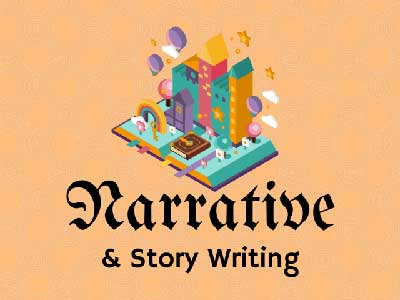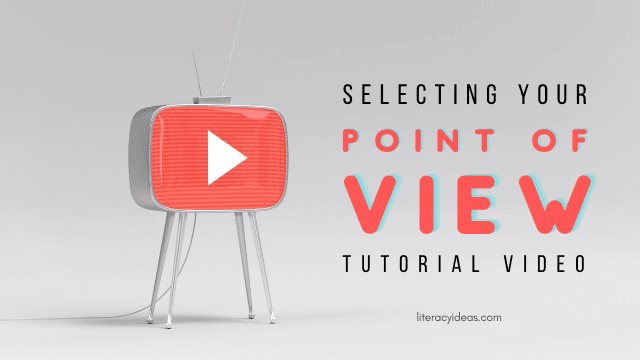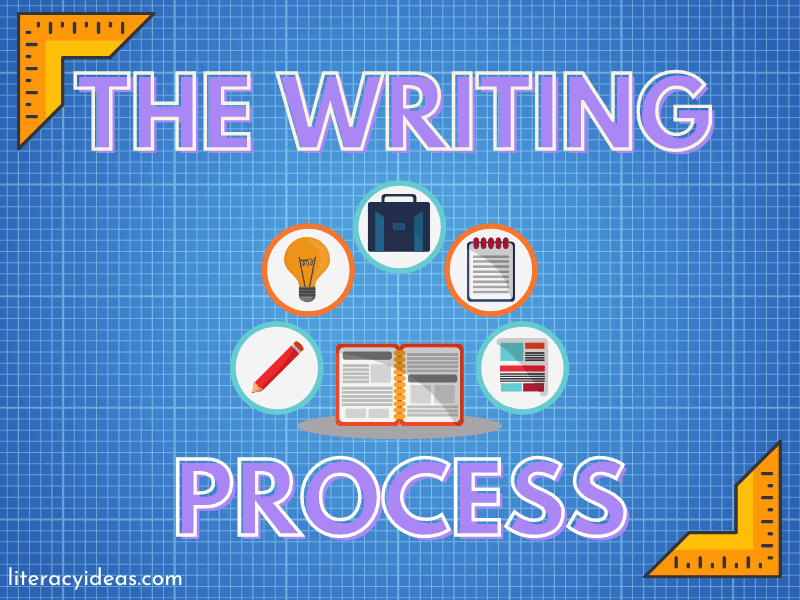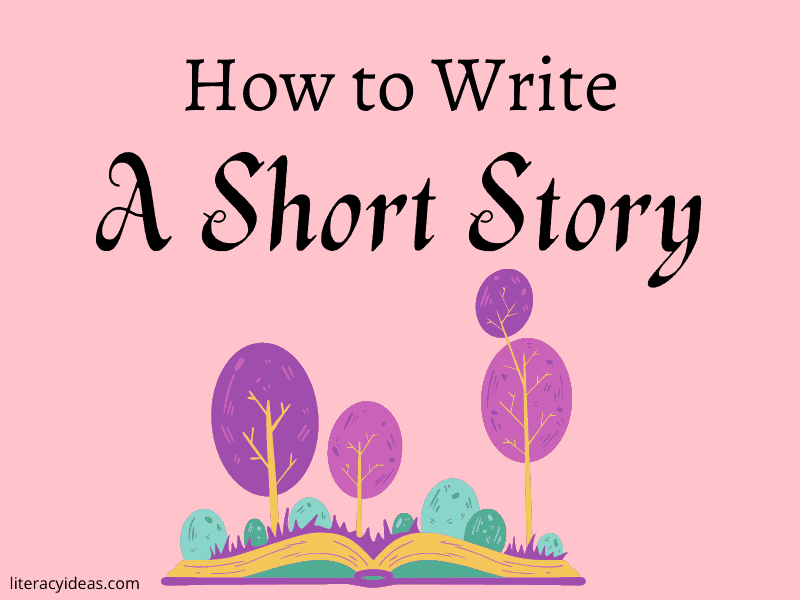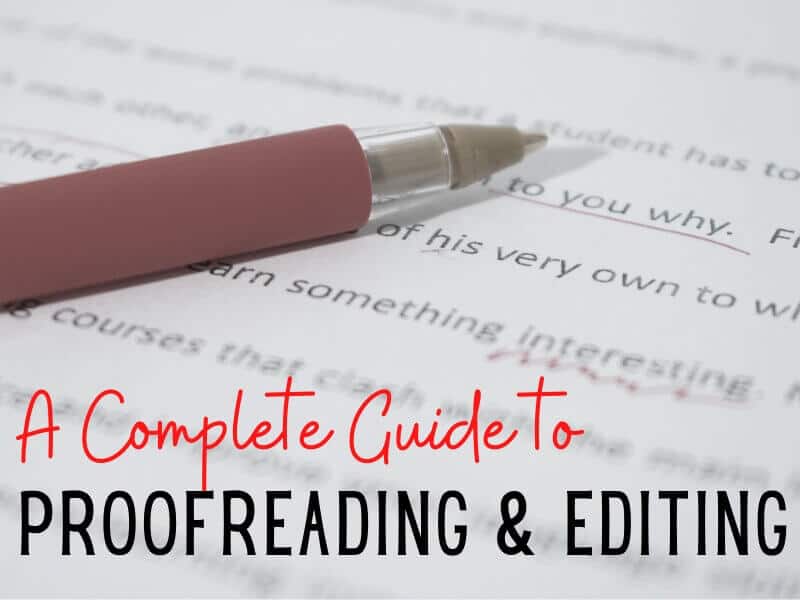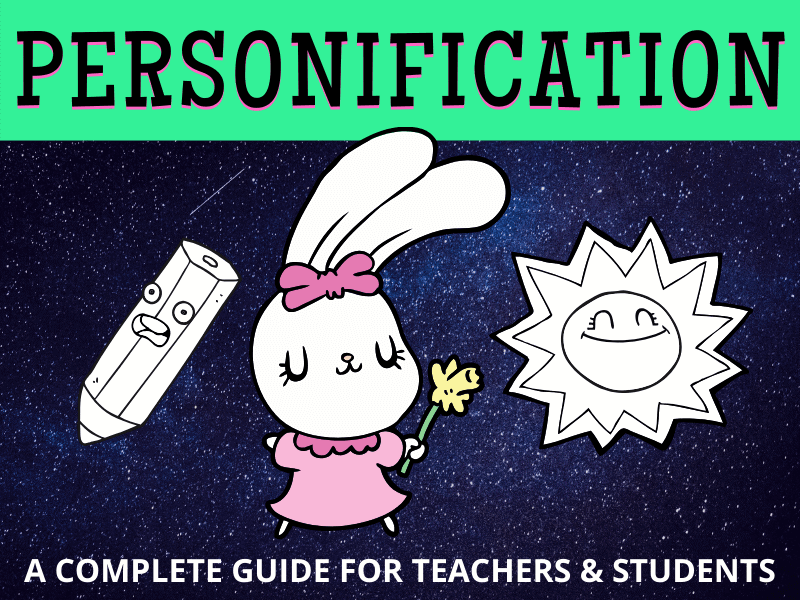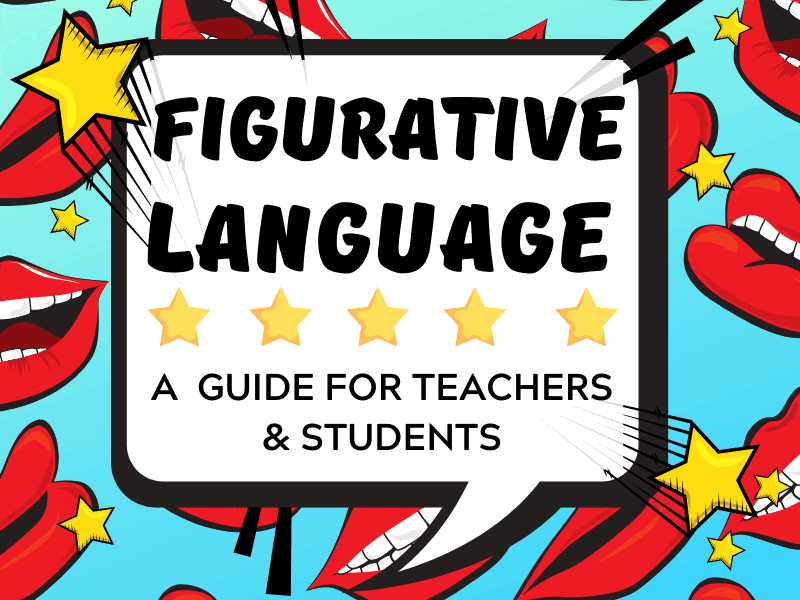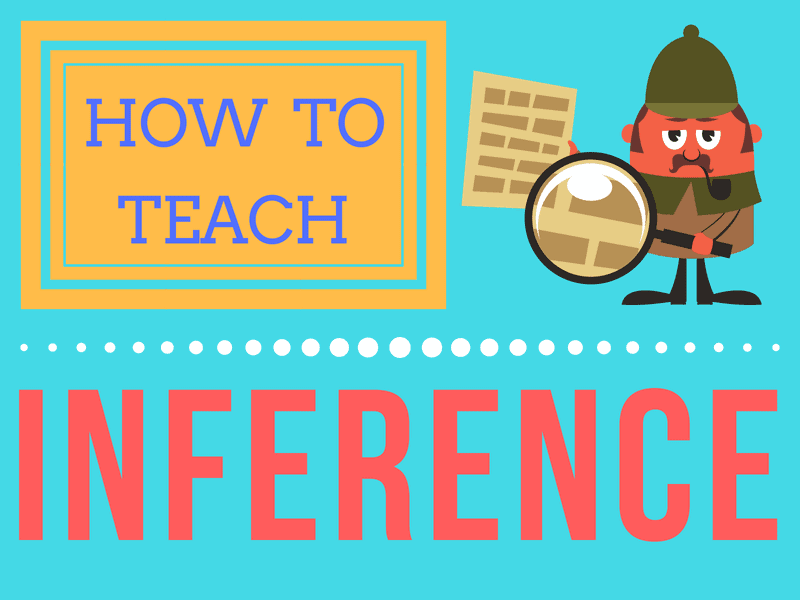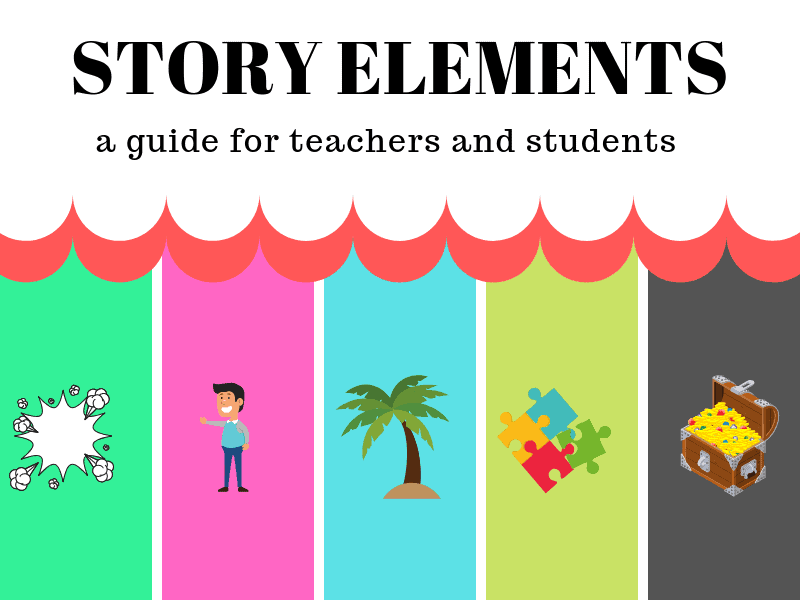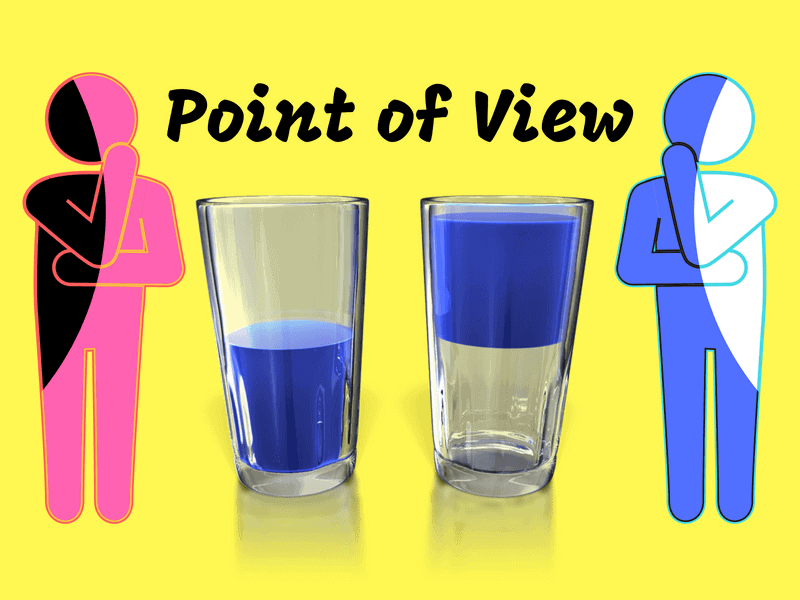
RECOGNIZING POINT OF VIEW WHEN READING AND WRITING
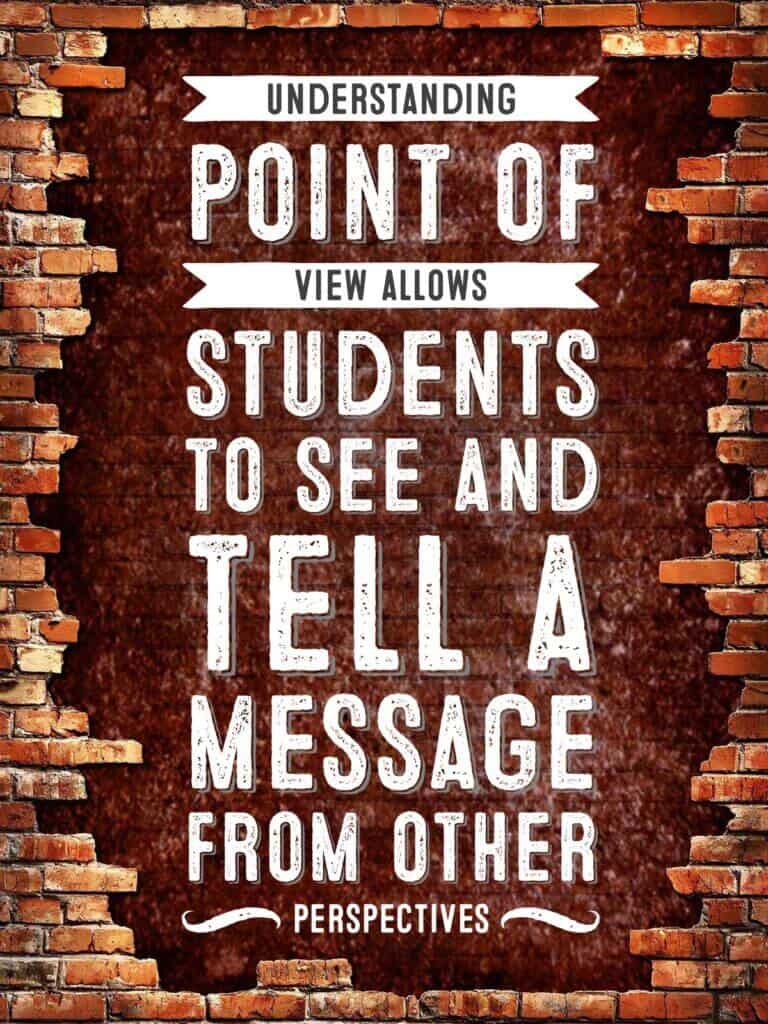
Point of view refers to the type of narrator perspective a writer uses to convey a message, whether fictional or non-fictional. It is essential that students can accurately identify the main points of view commonly used in texts, both to gain a deeper understanding of what they are reading and to be able to answer common questions on standardized tests. To do this effectively, they must become familiar with the five most common points of view from which a text can be narrated.
In this guide, we will be exploring the types of point of view and seeing different examples of point of view in action. This should provide students with a clear understanding of what point of view is in English and how best to use it.
SELECTING A POINT OF VIEW
Before gaining experience in reading strategies for point of view, students must have a broad grasp of the different types they will likely encounter in their reading. This will help them understand the key factors a writer employs when selecting an appropriate point of view for their writing. There are five main narrator points of view for students to understand here. Each comes with its advantages and disadvantages for the writer, but before they understand these, students must be able to identify each type confidently.
A COMPLETE UNIT FOR TEACHING POINT OF VIEW AND PERSPECTIVE

Teach your students about POINT OF VIEW and PERSPECTIVE, so they understand its purpose in fiction and nonfiction, READING and WRITING. This ENTIRE UNIT has everything required to teach. NO PREP REQUIRED in both DIGITAL and PRINT formats.
WHAT ARE THE DIFFERENT TYPES OF POINTS OF VIEW?
In this section, we will explore all the different types of views in detail. There is also an example of the same scene of the conclusion of a hard-fought basketball game recounted in each perspective so that you can see the similarities and differences in detail.
First-Person Perspective
in the first person point of view, the narration is told from the point of view of the writer or the point of view of a character (usually the main character) in the story. It is usually easily identifiable through first-person pronouns such as I, me, and mine. In fiction, first-person narration allows us direct insights into the thoughts and feelings of a character in the story. However, the first-person point of view is popular in a wide range of nonfiction genres, such as autobiography and reports.
First-Person Perspective Example
I’m standing at the free throw line, taking deep breaths as I prepare to take my shot. The score is tied 60-60, with just 10 seconds left on the clock. My teammates and I have been battling it out against our opponents for the entire game, and it’s been a tough match.
I focus my eyes on the rim, dribble the ball a few times, and then shoot. The ball leaves my fingertips, and I watch it travel through the air, soaring towards the hoop. It hits the backboard and bounces off the rim a few times before finally dropping through the net with a satisfying swish.
The crowd erupts into cheers as I pump my fist in the air, feeling the rush of adrenaline and excitement coursing through my veins. We take the lead 63-60, and there are just a few seconds left on the clock. We manage to hold off our opponents, and the final buzzer sounds.
We’ve won the game! My teammates and I hug each other, grinning from ear to ear as we celebrate our hard-earned victory. It was a tough game, but our teamwork and determination paid off in the end. We head back to the locker room feeling elated, knowing our hard work and perseverance had paid off.
Second Person Perspective
Here, the narrator speaks directly to you and the reader and tells your story. It is identifiable by using second-person pronouns such as you, your, and yours. The second-person point of view is most commonly seen in instruction writing, but it is also sometimes used in fiction, especially in interactive books such as adventure gamebooks.
Second-Person Perspective Example
Standing at the free throw line, you take deep breaths, preparing to take the shot. The score is tied 60-60 with just 10 seconds left on the clock. You and your teammates have been battling it out against your opponents for the entire game, and it’s been a tough match.
You focus your eyes on the rim, dribble the ball a few times, and then shoot. The ball leaves your fingertips, and you watch it travel through the air, soaring towards the hoop. It hits the backboard and bounces off the rim a few times before finally dropping through the net with a satisfying swish.
The crowd erupts into cheers as you pump your fist in the air, feeling the rush of adrenaline and excitement coursing through your veins. You take the lead 63-60, and there’s just a few seconds left on the clock. You manage to hold off your opponents, and the final buzzer sounds.
You’ve won the game! You and your teammates hug each other, grinning from ear to ear as you celebrate your hard-earned victory. It was a tough game, but your teamwork and determination paid off in the end. You return to the locker room feeling elated, knowing your hard work and perseverance have paid off.
Third Person Objective
This point of view sees the writer employ a character to narrate the story without providing insights into the characters’ own thoughts and feelings. It is a neutral form of narration that aims to provide an objective and unbiased point of view and is the default point of view for news reports. Identified mainly through third-person pronouns and people’s names, essentially, this point of view is designed to inform.
Third-Person Objective Perspective Example
A player stands at the free throw line, taking deep breaths as they prepare to shoot. The score is tied 60-60 with just 10 seconds left on the clock. Both teams have been battling it out for the entire game.
The player focuses their eyes on the rim, dribbles the ball a few times, and shoots. The ball leaves their fingertips, soaring towards the hoop, hits the backboard, and bounces off the rim a few times before finally dropping through the net with a satisfying swish.
The crowd erupts into cheers as the player pumps their fist in the air, feeling the rush of adrenaline and excitement coursing through their veins. Their team takes the lead 63-60, and there are just a few seconds left on the clock. They manage to hold off their opponents, and the final buzzer sounds.
The game is won! The player and their teammates hug each other, grinning from ear to ear as they celebrate their hard-earned victory. It was a tough game, but their teamwork and determination paid off in the end. They head back to the locker room feeling elated, knowing their hard work and perseverance had paid off.
Third Person Limited
The third-person limited point of view sees the story told from the point of view of a single character. It is generally identifiable by using third-person pronouns and insights into the thoughts and feelings of the character. While other characters are also referred to in the third person, only a single character is followed in depth. This is usually, but not always, the main character.
Example of third Person Limited Perspective
The player stood at the free throw line, taking deep breaths as they prepared to take the shot. The score was tied 60-60 with just 10 seconds left on the clock. The game had been a tough match, and the player and their teammates had been battling it out against their opponents for the entire game.
The player focused their eyes on the rim, dribbled the ball a few times, and then shot. The ball left their fingertips, soaring towards the hoop. It hit the backboard and bounced off the rim a few times before finally dropping through the net with a satisfying swish.
The crowd erupted into cheers as the player pumped their fist in the air, feeling the rush of adrenaline and excitement coursing through their veins. The player’s team took the lead 63-60, and there was just a few seconds left on the clock. They managed to hold off their opponents, and the final buzzer sounded.
The game was won! The player and their teammates hugged each other, grinning from ear to ear as they celebrated their hard-earned victory. It had been a tough game, but their teamwork and determination had paid off in the end. As the player headed back to the locker room feeling elated, they knew that their hard work and perseverance had paid off.
Third Person Omniscient
When learning the third-person omniscient point of view, The keyword here is omniscient. This point of view offers the reader the point of view of a god. It can be differentiated easily from the third-person limited point of view because the reader is afforded deep insights into the internal life of more than a single character. This is because the narrator is privy to every character’s actions, thoughts, and feelings within the text.
Example of Third-Person Omniscient Perspective
The players were locked in a tight battle, with the score tied 60-60 and just 10 seconds left on the clock. Both teams had been battling it out for the entire game, displaying their skills and strategies on the court.
As one player stepped up to the free throw line, the crowd held its breath. The player took deep breaths and prepared to take the shot. Their teammates watched with bated breath as the ball left the player’s fingertips, soaring towards the hoop.
The ball hit the backboard and bounced off the rim a few times before finally dropping through the net with a satisfying swish. The crowd erupted into cheers, and the player pumped their fist in the air, feeling the rush of adrenaline and excitement coursing through their veins.
With just a few seconds left on the clock, the player’s team managed to hold off their opponents, and the final buzzer sounded. The game was won! The players and their teammates hugged each other, grinning from ear to ear as they celebrated their hard-earned victory.
It had been a tough game, but the players’ teamwork and determination had paid off in the end. As they returned to the locker room feeling elated, they knew their hard work and perseverance had paid off. The spectators could see the joy and satisfaction on the players’ faces, knowing that they had just witnessed a hard-fought victory.
A Word on Other Possible Points of View…
There are also other possible points of view from which to narrate a story, first-person omniscient, for example, but these are rarely used. At times too, particularly in longer novels, points of view will alternate and shift from character to character throughout the text. This requires the reader to shift their own reading point of view as they work their way through the text.
DIALOGUE VS NARRATION
Students need to note the difference between dialogue and narration when identifying the various points of view used in texts. A common area of confusion for students can be when a character uses first-person pronouns such as I, me, and my in direct speech. On seeing these pronouns, many students will jump to the conclusion that they are dealing with a first-person narrative point of view. This can be a mistake! Ensure students understand that in looking at a text to determine the point of view, they primarily look at narration.
Students may require a mini-lesson on what dialogue is and how it is punctuated if they struggle to differentiate between the two here.
Example of Dialogue versus Narration
Dialogue: “I can’t believe you’re leaving,” Jane said with tears in her eyes. “I know, it’s hard,” replied Jack, trying to keep his voice steady. “But I have to do this, and it’s the right thing for me.”
Narration: Jane looked at Jack with tears in her eyes. She couldn’t believe he was leaving. Jack tried to keep his voice steady as he told her he had to go, that it was the right thing for him.
POINT OF VIEW TEACHING ACTIVITIES
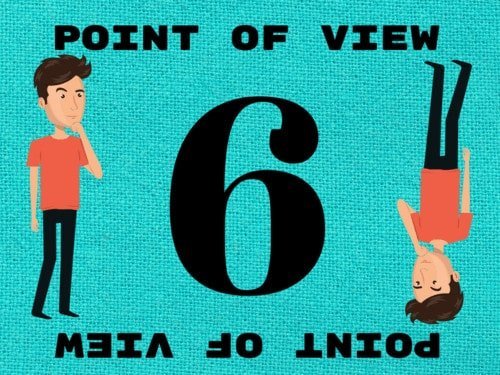
Learning to recognize the different points of view in texts takes practice – and plenty of it! We must provide our students with a range of opportunities to identify the point of view in operation and understand how selecting a specific point of view contributes to the written work overall. The following activities will help your students confidently identify the various points of view they will come across in their reading. This will give them the experience and confidence to use these various points of view in their own writing later on.
Activity 1: Pinpoint the Point of View
This fun activity requires limited preparation and provides for a great time filler, as well as valuable practice identifying narrative points of view. Provide a variety of random books for students’ use (the library would serve as the perfect venue for this activity).
Ensure there is a mix of fictional and nonfictional genres made available. In pairs, students examine a page of text and decide on the point of view being used. Remind students, too, that they must provide reasons for their choice. They can record their findings before moving on to another text.
At the end of the activity, pairs can then present their findings to the class for discussion and debate. Recognizing first, second, and third-person points of view will be enough in the beginning. As the students grow in skill, they can recognize the different forms of third-person point of view.
Activity 2: Untangling Third-Person Points of View
As mentioned above, when students begin to accurately recognize first, second, and third-person points of view, it may become apparent that they have difficulty distinguishing between the different third-person points of view: objective, limited, and omniscient. In this case, they will require discrete practice in this area to hone their third-person identification skills!
Students must understand that the third-person objective narrates action alone while offering no insights into a character’s thoughts and feelings. However, students may have difficulty distinguishing between what constitutes thoughts and feelings and what can be defined as action. In this case, encourage students to approach the text with the mind of a movie director. If they were making a movie of the action in the text, could they film everything? If all the action in the text can be seen and heard and would therefore be easy to film, then the text will be third-person objective.
If, however, the text contains lots of content that would not easily lend itself to being filmed, these are likely to constitute the thoughts and feelings of the character. Then, the question will be; Do we have access to a single character’s thoughts and feelings? – in which case, the text will be third-person limited. If we are granted access to a range of characters’ thoughts and feelings, we are dealing with third-person omniscient.
Give students practice in this area by providing a range of texts written in the third person, which they can then check against the above criteria. Initially, this activity will be most effectively performed in pairs or small groups where they can use discussion to cement their understanding. Soon, they should be able to sort the various third-person points of view independently with ease.
Activity 3. Reading a Range of Texts
Not all texts our students encounter come in the form of traditionally printed books. These days, students are exposed to an ever-increasing range of media that they must be able to decipher. From TV advertisements to video games, this technological age of ours presents students with points of view in diverse guises. Students must gain experience in reading these visual and multimedia texts in just the same way they would with more traditional texts.
But don’t worry; you don’t have to seek the principal’s approval for students to bring in their game consoles just yet! Video footage of popular games being played can easily be found online, as can many TV advertisements. When students have grasped the basics of recognizing the main points of view in books, be sure to allow them opportunities to bring their newfound skills to bear on more modern media.
In Conclusion
Reading for point of view is an essential higher-level comprehension skill our students must be given opportunities to develop. They must become confident in accurately identifying the various points of view while also gaining experience in understanding the advantages and disadvantages of each.
Developing student reading skills in this area will also reap benefits in their writing. Not only do students need to be able to accurately recognize and utilize point of view to perform well in a wide range of standardized tests, but being able to appreciate how a narrator’s point of view informs how a story is told prepares the student to be a skilled reader of the world around them. And, in an age that sees students exposed to unprecedented amounts of information, being able to skilfully filter what we read for point of view has never been more necessary.
101 DIGITAL & PRINT GRAPHIC ORGANIZERS FOR ALL CURRICULUM AREAS
Introduce your students to 21st-century learning with this GROWING BUNDLE OF 101 EDITABLE & PRINTABLE GRAPHIC ORGANIZERS. ✌NO PREP REQUIRED!!!✌ Go paperless, and let your students express their knowledge and creativity through the power of technology and collaboration inside and outside the classroom with ease.
Whilst you don’t have to have a 1:1 or BYOD classroom to benefit from this bundle, it has been purpose-built to deliver through platforms such as ✔ GOOGLE CLASSROOM, ✔ OFFICE 365, ✔ or any CLOUD-BASED LEARNING PLATFORM.


